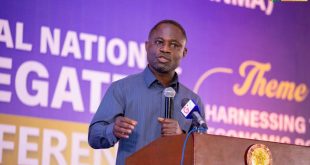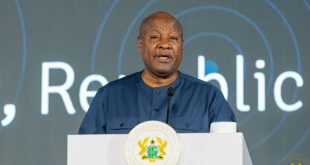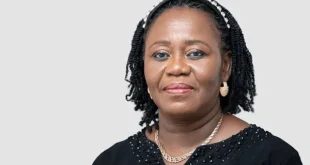Story by Reginald Pepsival Robertson
The Diocesan Bishop of Sekondi, Rt. Rev’d Alexander Kobina Asmah gave the Trinity Church in New York’s delegation visiting Ghana a VIP arrival at the Takoradi Airport (Air Force Airport) on Monday 23rd September, 2024 as a warm welcome.
Tuesday being Day-3 of their visit, Rev’d Dr. James Clark and Miss May Yu visit the retail shops project sites in Takoradi. The project has a pharmacy and a huge cold store as tenants. The team also visited the Sarah Sackey Anglican Primary School and the All Saints Anglican Anglican J.H.S.





The Rt. Rev’d Alexander Kobina Asmah lead the Trinity delegation to interesting sites in the Takoradi city before proceeding the Diocesan Office and St. Andrews Anglican Cathedral in Sekondi as well as a beach view at the Grove Essipong Resort for lunch.



The Bishop then proceeds with the team to the Elimina Castle and Slaves Dungeons en route to the Cape Coast. Elmina Castle was erected by the Portuguese in 1482 as Castelo de São Jorge da Mina (St. George of the Mine Castle), also known as Castelo da Mina or simply Mina (or Feitoria da Mina), in present-day Elmina, Ghana, formerly the Gold Coast. It was the first trading post built on the Gulf of Guinea, and the oldest European building in existence south of the Sahara.




After the tour in the Castle, Rev’d Dr. Clark and Miss Yu were presented with some farewell gifts by Bishop Asmah from the Diocese of Sekondi.


Rev’d Dr. James Clark – Managing Director, Mission Real Estate Development
Trinity Church Wall Street and his colleague Miss May Yu (Planning/Development Officer) also made a stop at the Cape Coast Castle. This Castle (Swedish: Carolusborg) is one of about forty “slave castles”, or large commercial forts, built on the Gold Coast of West Africa (now Ghana) by European traders. It was originally a Portuguese “feitoria” or trading post, established in 1555, which was named Cabo Corso. It later be become a dwelling place for the Dutch, Danes, and Fetu Slaves Traders. The Danes had in the meantime established another fort, Fort Frederiksborg (1661), just a few hundred meters east from Carolusborg. Although situated perfectly to launch an attack on Carolusborg, the English capture of Carolusborg (1664) during the prelude to the Second Anglo-Dutch War, prevented the Danes from challenging them; the English had reinforced the fort, which they named Cape Coast Castle, to such an extent that even Dutch Admiral Michiel de Ruyter deemed it impossible to conquer. As the Dutch had captured the former English headquarters at Kormantsin and had rebuilt it as Fort Amsterdam, Cape Coast became the new capital of the English possessions on the Gold Coast as served as a Colonial Administrative Capital of the British Colony.





The Rt. Rev’d Prof. Paul Appiah-Sekyere, the Diocesan Bishop of Dunkwa-on-Offin and his wife Holy Superior Regina Appiah-Sekyere(Mrs) were also scheduled to join the delegation from Trinity Church, New York in touring the Cape Coast Castle. It is worth mentioning that Mrs. Regina Appiah-Sekyere is the Director of Anglican Schools in the Central Region of Ghana and due to the link between Rev’d Father Philip Quarcoo and the introduction of formal education in Cape Coast, she holds the stories of the Cape Coast Castle very dear to her heart. The Bishop and the wife by way of showing the rich hospitality of the Ghanaian people also presented gifts to the delegation.





The day ended with an evening interaction with the Rt. Rev’d Kwame Kyem-Ampomah, the Anglican Bishop – Diocese of Wiawso.


 Adoa News Adoa News
Adoa News Adoa News




